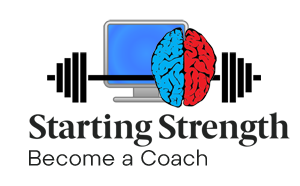
Originally Posted by
thebigdog

Lots of interesting stuff here. However, I have to take exception to a thing or two. First of all, most lifters, like Dimas, who pre-shrug the shoulders or pull with slightly bent arms or "cocked" shoulders do so to put the bar in a higher position on the hip when the explosive "jump" or second pull happens... which by the way happens when the bar is at the hip or very near it, not at the knee as is claimed in the article. This shrug has nothing to do with anything that happens between the knees and hip, its to make what happens at the hip more powerful.











